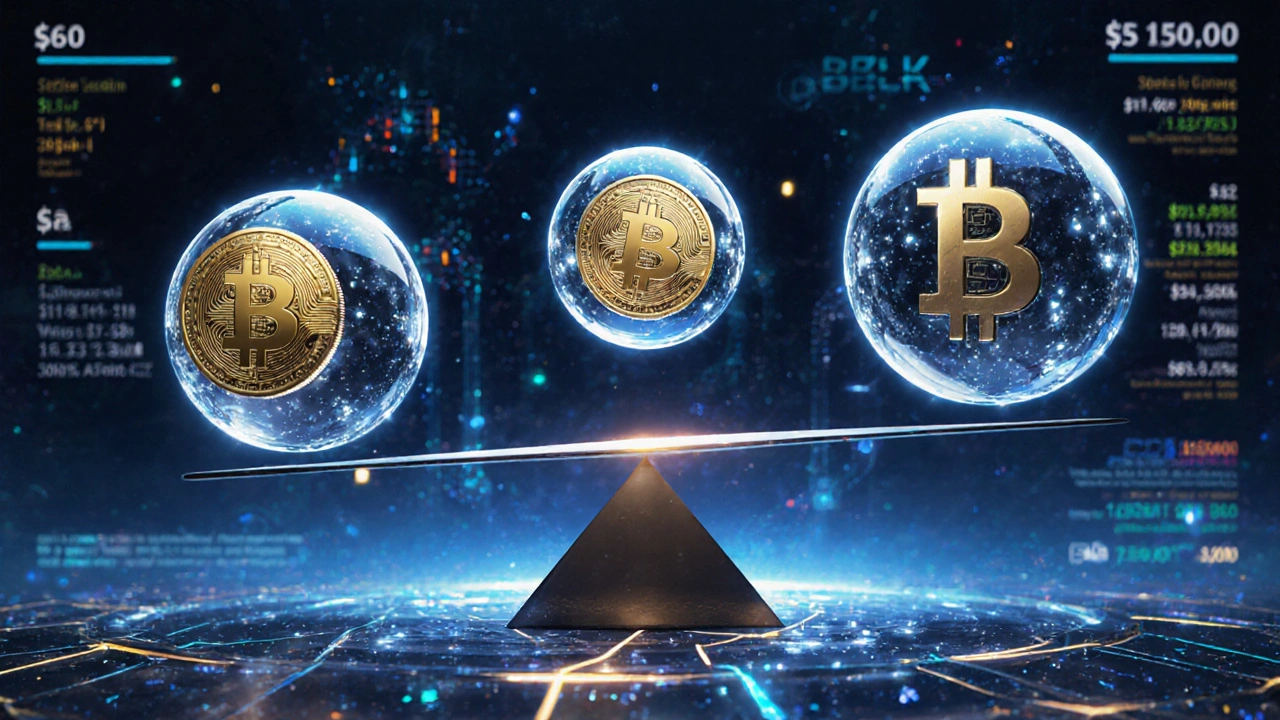Stablecoin Liquidity Pools: How They Work and Why They Matter in Crypto
When you trade crypto without a bank or middleman, you’re likely using a stablecoin liquidity pool, a smart contract-based system that holds paired digital assets to enable instant trading on decentralized exchanges. Also known as liquidity pools for stablecoins, these systems are the hidden engines behind platforms like Uniswap and SushiSwap, letting you swap tokens without waiting for a buyer or seller to match your order. Unlike traditional markets, where orders sit on a book until matched, liquidity pools use math and locked-up funds to keep trades flowing 24/7. This is especially important for stablecoins—digital coins pegged to the dollar or other stable assets—because they need to stay predictable even when the rest of crypto is swinging wildly.
Stablecoin liquidity pools work by pairing a stablecoin like USDC or DAI with another crypto, say ETH or BTC. Traders deposit equal value in both tokens into the pool. In return, they get tokens that represent their share of the pool. Anyone else can then trade against that pool, and the system automatically adjusts prices based on supply and demand. The more money locked in, the smoother and cheaper the trades become. This is why big players and small users alike add their stablecoins to these pools—they earn fees every time someone trades. It’s not magic. It’s code, incentives, and smart contract rules working together.
These pools are tied closely to decentralized exchange, a peer-to-peer platform that lets users trade crypto directly without relying on a central company. Also known as DEX, a DEX like Uniswap or Curve relies entirely on liquidity pools to function. Without them, there’s no way to buy or sell tokens quickly. That’s why liquidity providers—people who lock up their stablecoins—are the backbone of the whole system. They don’t need to be experts. They just need to understand that their funds are being used to make trades possible, and in return, they get paid in trading fees.
But it’s not all smooth sailing. If too many people pull their money out at once, the pool can get unbalanced. That’s called impermanent loss, and it’s something every provider needs to watch for. Still, for many, the rewards outweigh the risks, especially when using stablecoins, which are less volatile than Bitcoin or Ethereum. This makes stablecoin liquidity pools one of the safest entry points into DeFi for people who want to earn without gambling on price swings.
What you’ll find below are real examples and clear explanations of how these systems operate in practice. From how they connect to blockchain networks to why they’re used in everyday crypto trading, the posts here cut through the noise. You’ll see how liquidity pools support everything from simple swaps to complex financial tools—all without a bank in sight.

Stablecoin Liquidity Pools: How Curve Finance Minimizes Slippage on DEXs
Caleb Drummond Nov 17 14Curve Finance dominates stablecoin trading with near-zero slippage, thanks to its specialized algorithm. Learn how it outperforms Uniswap, how to earn yields safely, and the risks behind the math.
More Detail